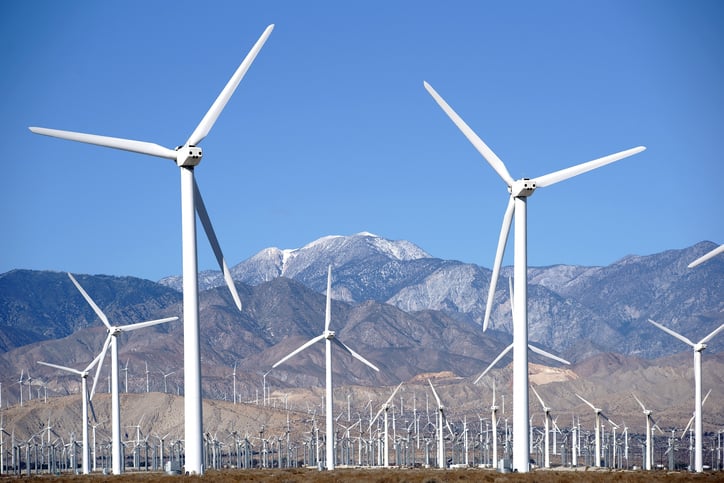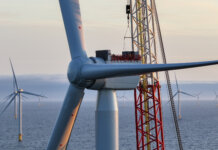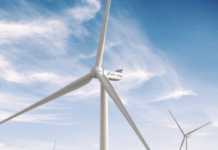Lawrence Berkeley National Laboratory, in collaboration with public and private partners, has released what it calls the most comprehensive publicly available database of U.S. wind turbine locations and characteristics.
The new United States Wind Turbine Database (USWTDB), funded by the U.S. Department of Energy’s Wind Energy Technologies Office and developed with the American Wind Energy Association (AWEA) and the U.S. Geological Survey (USGS), will be regularly updated more often than existing publicly available wind turbine datasets, says Berkeley Lab, which was supported by the DOE’s Wind Energy Technologies Office.
Using the USWTDB, federal agencies will be able to share data to properly account for wind projects, the lab explains.
“Our collaborative arrangement with AWEA and USGS allowed us to merge the separate proprietary datasets from each of our organizations and combine them with those from the U.S. Federal Aviation Administration, which enables an unprecedented view of the U.S. turbine fleet,” says Ben Hoen, a research scientist and the project’s lead at Berkeley Lab.
For example, the U.S. Departments of Defense and Homeland Security and the National Oceanic Atmospheric Administration have been using the database already to perform crucial operational impact assessments of wind turbines on radar, according to Berkeley Lab. Other examples of uses for the data include studying wind energy and wildlife interactions, reviewing economic impact assessments of wind energy’s deployment, and better understanding local wind deployment trends.
”Wind power’s rapid growth as part of the diverse U.S. electricity mix can be seen and better understood with this wind turbine dataset,” notes John Hensley, senior director of research and analytics at AWEA. “We’re pleased to have contributed AWEA data to this valuable resource, working in close concert with Berkeley Lab and USGS to advance the public interest.”
The database currently contains data from more than 57,000 turbines constructed from the 1980s through 2018 in more than 1,700 projects spanning 43 states, plus Puerto Rico and Guam. Users can interact with the data by using multiple filters and colorings to allow wind projects across counties, states or regions to be quickly scanned for unique qualities.




